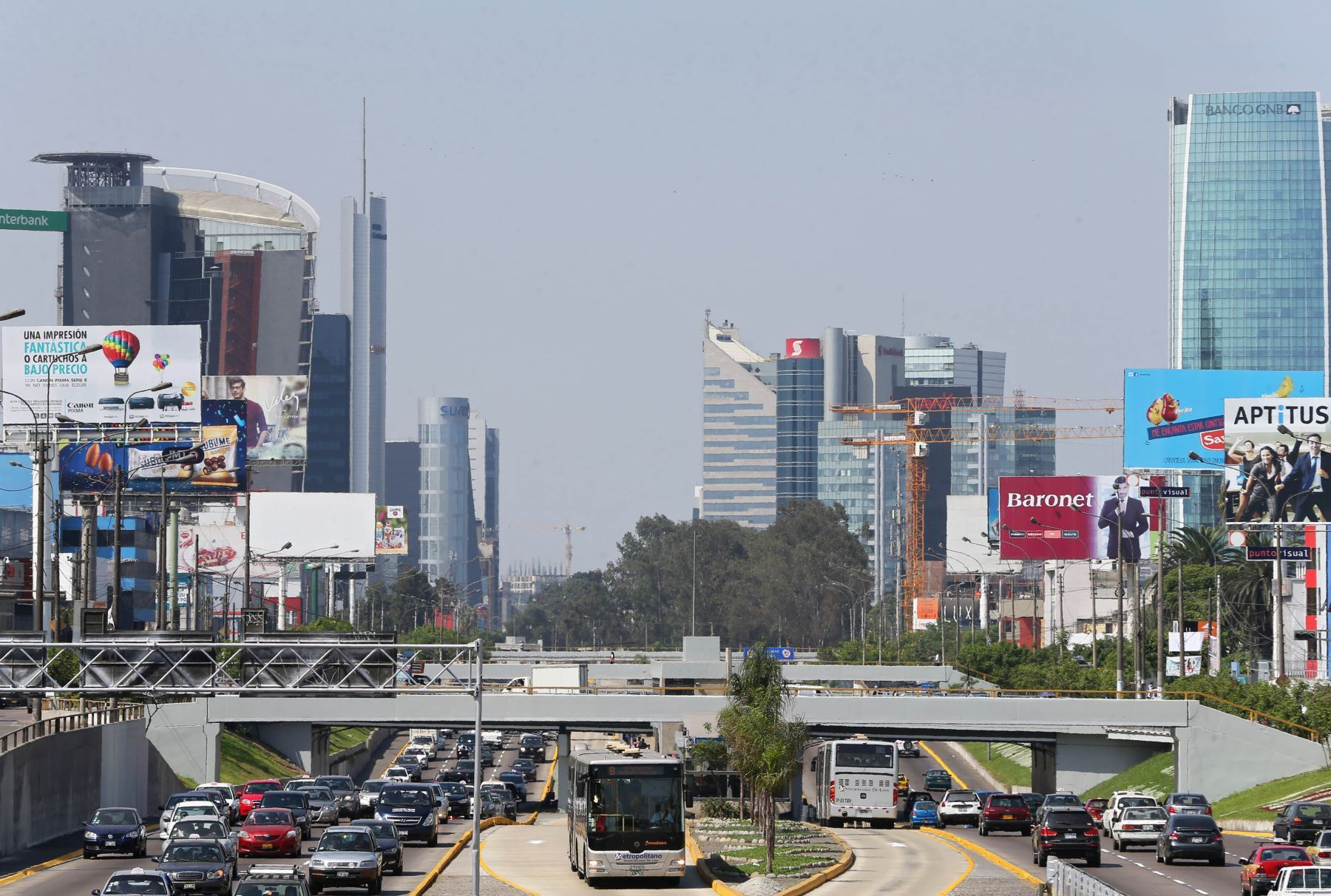
The Economic Commission for Latin America (Cepal) estimates that the Peruvian GDP will have lower growth than projected by the Ministry of Economy and Finance (MEF), to the point that it reduced its calculation for this year from 2.0% to 1.3% .
In addition, by 2024 they anticipate that the economy will reach 2.5%, a more moderate amount than the 3.0% launched by the MEF in the recent Multiannual Macroeconomic Framework (MMM).
What reasons explain the cooling of GDP?
According to ECLAC, the world economy “has not been a stimulus factor for the countries of the region”, to the point that a global variation below historical levels is expected (3% for this 2023).
In addition, despite the fact that inflation is moderating, they consider it unlikely that interest rates will be reduced in the main global and regional economies. Fiscal space is also reduced by the fall in total revenue, which increases the pressure to contain public spending.
Thus, for next year, they consider that inflation rates will continue “relatively high” in this part of the world despite falling back to levels seen in mid-2022, although “the prospects are not very optimistic for the labor markets of Latin America and Caribbean”.
This deterioration in the quality of employment —which affects almost 9 million Peruvians in urban areas alone— will make workers more vulnerable and they are employed in less and less productive sectors: this context would reduce the average salary and leads us to a increase in poverty and inequality in the region.
Source: Larepublica
Alia is a professional author and journalist, working at 247 news agency. She writes on various topics from economy news to general interest pieces, providing readers with relevant and informative content. With years of experience, she brings a unique perspective and in-depth analysis to her work.












